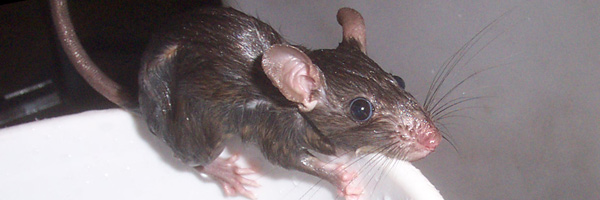- info@wildlife-removal.com
Call us for help in your town
Wildlife Removal Education
Do Rats Have Bones? How Can They Fit In Such Small Holes?
Need rat removal in your hometown? We service over 500 USA locations! Click here to hire us in your town and check prices - updated for year 2020.
Rats are rodents that are mostly found in urban dwellings and they constitute one of the most dreaded household pests. Although there are several species of rats, there are basically two types of rats, Rattus norvegicus; the Norway/street/common/house rats, which are usually brown in colour and Rattus rattus the roof rats which are black in colour.

Rats certainly possess a bony skeleton similar to other mammals, with the bones connected by joints and cartilage. A lot of people question if this is really so because of how nimbly the rat moves when it flees, and how a sizable rat can go through a surprisingly small hole. Sometimes, they appear as though swarming and wriggling in a fluid manner like an eel. This characteristic enables the rat to invade supposedly secured spaces in human dwelling and makes their control relatively difficult.
It has been postulated that rats have collapsible bones, or bones that can bend for those movements, but those are not true.
Small rats can fit through a hole the size of a quarter, about 0.96 inches, and mice can squeeze through a hole that is ¼ inch in width. This must be put in consideration while rat-proofing your out houses. It is recommended that you use a ½ inch by ½ inch mesh when blocking entry hole as wire mesh with 1 inch by 1 inch holes would not be proof against small rats.
The reason that rats can fit into such small holes is that they have long bodies, flexible and cylindrical shaped. They also have strong legs and they do not have collar bones. All of these are adaptations to their burrowing lifestyle.
They typically assess the size of a hole with their nose and whiskers, to determine if they can fit through, or dart away to some other hole. On occasion though, it is possible for a rat to get stuck mid-way through a hole due to miscalculation in haste or being overweight. Overweight rats have added fat around their abdomens and will be unable to fit through the same holes as their healthy counterparts.
In order to get rid of rats on your property, you must inspect it thoroughly, identify all rat entry points and block them
- Familiarise yourself with the architectural design of the house
- Look out for tell-tale signs of rat presence, e.g. scratch marks, foul odours, scurrying sounds, faecal remains, signs of damage
- Enlist the help of a professional if you want to be sure.
Go back to the Rat Removal page, or for more instructions read my How to get rid of rats guide, or learn specifically about How to remove rats in the attic.


















